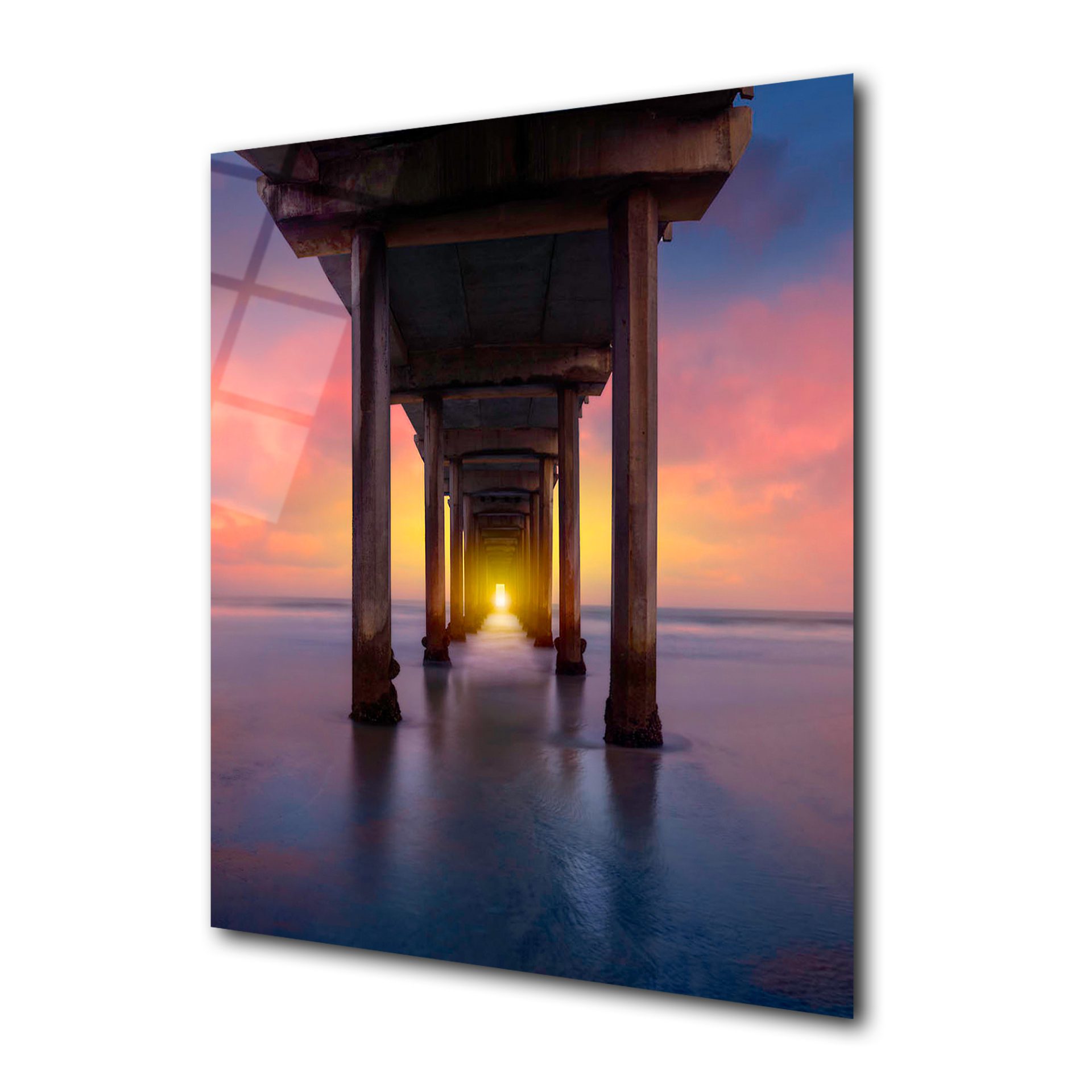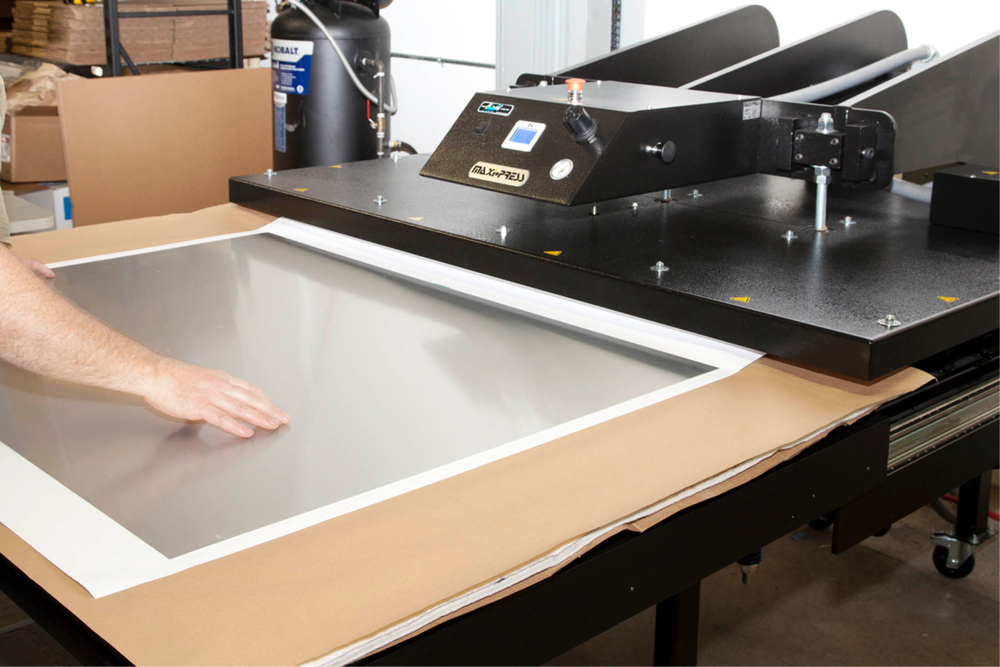Chromaluxe and the World of Dye Sublimation Printing
Chromaluxe is a widely recognized brand in the world of high-definition metal printing. Known for its coated aluminum panels, it has become a go-to option for photographers and artists looking for vibrant and durable prints. However, Chromaluxe is not the only choice available. Other manufacturers also offer coated aluminum panels for dye sublimation printing, each with its own strengths and limitations.
In this article, we’ll explore the technical details of dye sublimation printing, the chemical composition of the coatings used, and compare Chromaluxe to alternative panels. We’ll also examine how dye sublimation prints age compared to inkjet prints, providing an unbiased perspective for those considering different printing methods.
What Is Dye Sublimation Printing?
Dye sublimation printing is a method that produces high-resolution, vibrant images by embedding dye into a specially coated surface. This process differs from traditional printing, where ink rests on the material’s surface. Dye sublimation printing itself is not a new technology. The process has been used in various industries for decades, but its application to high-definition art printing began gaining traction in the early 2000s.

The Printing Process
1. Image Preparation: The design is first printed onto transfer paper using sublimation inks. These inks are unique in their ability to transition from solid to gas under heat.
2. Heat and Pressure Application: The transfer paper is placed on the coated substrate. Under high heat (typically around 400°F) and pressure, the dye transforms into gas and permeates the surface coating.

3. Cooling: As the substrate cools, the dye solidifies within the coating, creating a permanent image.
This process is commonly used on materials like aluminum, textiles, and ceramics, with coated aluminum being a popular choice for art and photography prints.
The Role of Coatings in Dye Sublimation
The success of dye sublimation printing hinges on the quality of the surface coating. These coatings are typically polymer-based, designed to absorb and lock in gaseous dyes during the sublimation process.
Chemical Composition
– Polyester Resins: These are the primary component of most coatings, providing the necessary properties for dye absorption.
– UV Stabilizers: These chemicals help reduce fading caused by exposure to sunlight, extending the life of the print.
– Durability Enhancers: Additives like scratch-resistant agents improve the robustness of the final product.
The precise formulation of these coatings can vary between manufacturers, which in turn affects print quality, longevity, and cost.
The Origins of Chromaluxe
Chromaluxe was introduced by Universal Woods, a company based in Louisville, Kentucky, that specializes in creating custom-coated substrates for printing. Universal Woods began as a producer of wood-based products but expanded its expertise to include coated surfaces, particularly for photographic and fine art applications.
The brand Chromaluxe was launched as the company identified a growing demand for durable, high-quality prints in commercial and artistic markets. The solution was to develop aluminum panels with a specialized polymer coating that could capture the brilliance and detail of photographic images. These panels became the foundation for the dye sublimation printing revolution.
Chromaluxe Panels vs. Alternatives
Chromaluxe is a well-known brand for coated aluminum panels, but it’s not the only option. Other manufacturers, such as Duraluxe, iLumipiX or Unisub and smaller independent producers, also offer coated panels for dye sublimation. Here’s a comparison of Chromaluxe and its alternatives:
Image Quality
Chromaluxe panels are often praised for their color vibrancy and resolution. Their consistent coating ensures even dye absorption, resulting in sharp, detailed images. Competitor panels that I tested vary with some, like Beautysub HD showing superior results to Chromaluxe at much more affordable price point.
Durability
Chromaluxe panels are engineered to resist scratches, moisture, and UV rays. Many competing panels offer similar features but testing is required if you’re planning to sell it to your customers.
Cost
Chromaluxe panels tend to be on the higher end of the price spectrum. Alternatives usually offer more affordable options.
Finish Options
Both Chromaluxe and competitors provide a variety of finishes, including glossy, matte, and textured surfaces. The choice of finish largely depends on personal preference and the intended use of the print. The coating consistency I have observed is not in favor of Chromaluxe. Here are just a few defects that I encountered using Chromaluxe panels.
Aging and Fading: Dye Sublimation vs. Inkjet Prints
One of the most significant advantages of dye sublimation printing is its longevity. Unlike inkjet prints, which rely on surface-level application, dye sublimation embeds dye into the substrate’s coating. This results in a more durable print with better resistance to most environmental factors. One of the exceptions is UV discoloration.
Fade Resistance
– Dye Sublimation: The embedded dyes are more prone to fading over time, even when combined with UV-stabilized coatings. Prints can last for years with minimal degradation, even in brightly lit spaces but still not as long as pigment ink prints.
– Inkjet Prints: These are less susceptible to fading, even when exposed to sunlight. Protective measures like lamination or UV-blocking glass help to extend it even further.
Physical Durability
– Dye Sublimation: Prints are resistant to scratches, moisture, and smudging. This makes them ideal for high-traffic areas or outdoor use.
– Inkjet Prints: These are more vulnerable to physical damage and require careful handling to maintain their appearance.
Choosing the Right Panel for Your Needs
When deciding between Chromaluxe and alternative panels, or between dye sublimation and other printing methods, consider the following factors:
1. Budget: Chromaluxe offers high quality but comes at a premium. Alternatives may be more cost-effective for those prioritizing value vs brand.
2. Environment: If the print will be exposed to sunlight or high traffic, choose a panel with strong UV resistance and durability.
3. Aesthetic Preferences: Different finishes and panel types offer varying visual effects. Matte finishes reduce glare, while gloss finishes enhance color vibrancy.
4. Longevity Requirements: For archival-quality prints, dye sublimation on high-quality panels is a reliable choice. Many manufacturers offer panels for outdoor use that have higher resistance to fading.
The final word
Dye sublimation printing is a powerful method for creating high-quality, long-lasting images, and coated aluminum panels are among the best substrates for this process. Chromaluxe stands out as a leading brand, used by many commercial print shops. However many other manufacturers also provide viable alternatives.
When selecting a printing method and panel type, balance your priorities of cost, quality, and durability. Whether you choose Chromaluxe or another brand, the key is to match the materials to the demands of your specific project.
